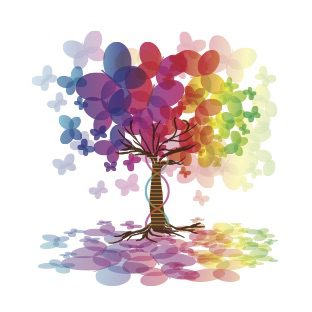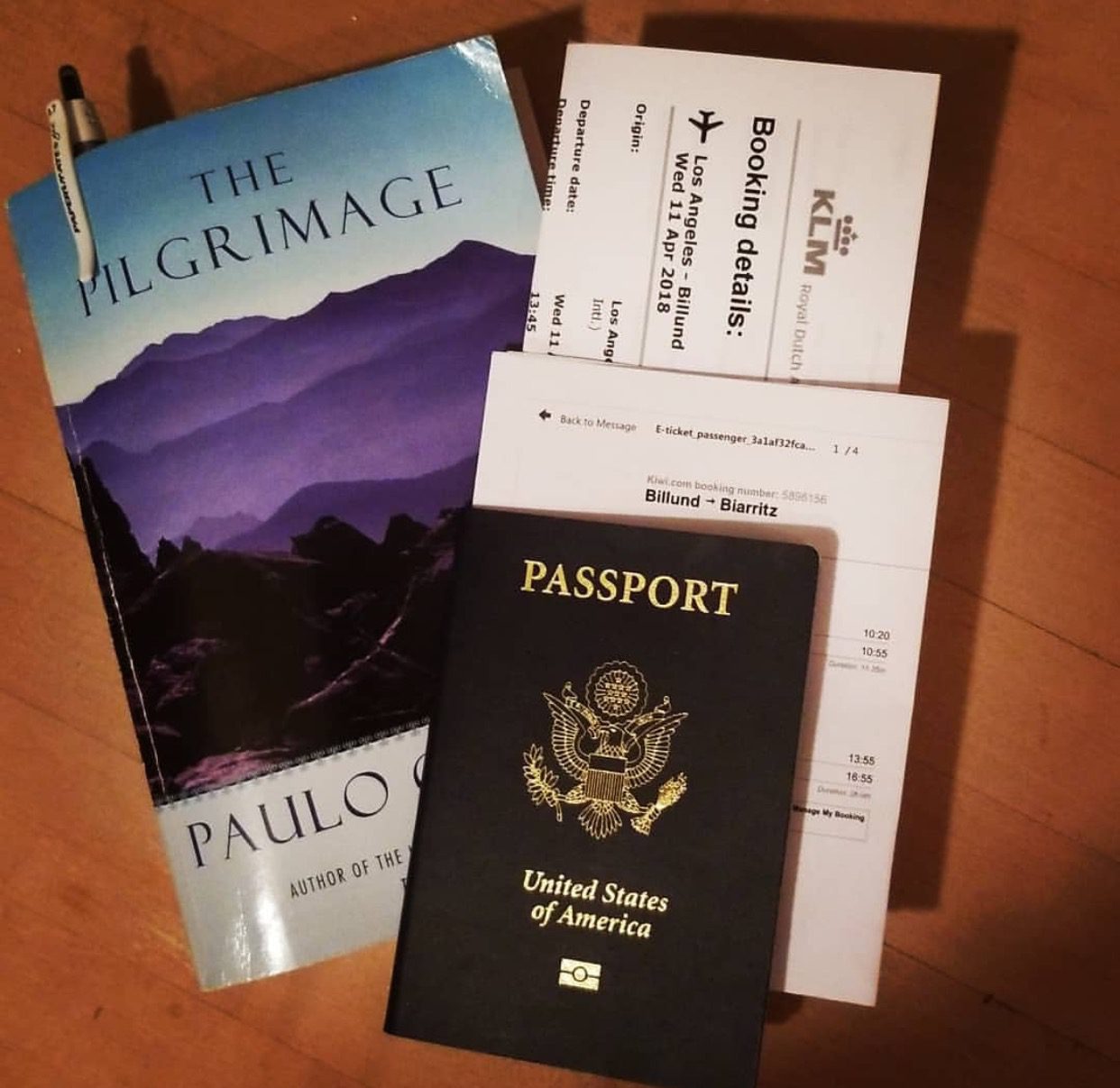By Sheila Benedict
Contributing Writer
The focus this month is collateral family and friends whose existence in a person’s life can assist finding those elusive direct ancestors. Maps, county histories, and city directory research can salvage what some have considered their genealogical black hole and a stopping point in their family history. Let’s see what can help!
First, mapping where your ancestors lived is crucial. Included in this category are gazetteers and atlases. All can be used to find time and place where ancestors lived, and find friends, associates and especially neighbors – all of whom might be related in some way. Finding out about ancestral communities puts you into from where they came and helps track their migration trail.
A source for old land ownership maps is the Library of Congress: https://www.loc.gov, and the Bureau of Land Management, general land office records for land patents, maps, surveyor’s information and more: https://glorecords.blm.gov. Checking online land record databases, both free and pay, is critical as well.
There are historical atlases of the United Sates, and of individual states, including, of course, California. The edition in my book collection is by Warren A. Beck and Ynez D. Haase, published in 1974 by the University of Oklahoma Press in Norman, Okla.
However, Amazon has several that have recent copyright dates. Gazetteers are important geographical dictionaries. County histories are found in all the U.S. states and other countries. Most of them will have been published in the later 1800s. In them, there is usually a history of the county, some maps, lists of pioneers and prominent persons, and all help to give a view of land ownership, possibly giving clues when they traveled and from where, and how they became part of the area in which they lived. City directories are often ignored, overlooked, or worse, many genealogists are not aware of their existence.
They are an important resource as they have been printed since the 1700s.Some might say they are enhanced phone books but they are far more than that. One beauty of them is that a person or family can be traced year by year in that locale and open the door to finding other records generated by them during the time they lived in that place. Not mentioned but critical too is the census scheduled for the time period they were there.
The combination of maps, atlases, gazetteers, county histories, city directories and census records when analyzed and correlated may help find vital records, including church, military, and many other records. Examples: First, a person was traced using city directories until finally an entry read {“gone back to Ireland.” That changed the course of the research. Second, tracking a family, one son was not shown from 1914 to 1918, which indicated he probably was serving in World War I. Military records found substantiated it. Third, a child no longer lived with the family and on further investigation, had married and a new entry was found. Check out Ancestry.com, FamilySearch.org, Cyndi’s List, and the other online resources. You will be delighted with what you might find. Be safe and well.




